The Ebiil Society: Champions of Palau
Ann Singeo, founder of our partner organization the Ebiil Society, shares her vision for a thriving Palau and a flourishing world of indigenous science!
Our new online shop is live!
Published on
October 20, 2016
Written by
Sara
Photo credit
Sara

Predator control specialists train local people in conservation methods to protect native wildlife, including the Kakerori.
The Kakerori, or Rarotonga Flycatcher, is a colorful bird native to the Cook Islands. Once abundant in the region, the bird suffered population collapse due to predation by invasive species. The bird was believed to be extinct in the first half of the 20th century.

Luckliy, it wasn’t extinct. Just really, really rare. Upon discovering a small population of the endangered bird, New Zealand and Cook Island biodiversity expert Gerald McCormack launched the Kakerori Recovery Programme, with kiwi Ed Saul supporting the operations. Also lucky for the Kakerori was that the threat to its survival was straightforward: invasive rats were preying on individuals and eggs. The Recovery Programme worked by supporting breeding and removing the invasive rats.

The program was a success. Kakerori population grew from 29 individuals to over 400 today. A small population that had been moved to a neighboring island more than doubled–a success highlighting the importance and value of predator-free islands for endangered wildlife conservation. While the population growth is impressive and exciting, 400 is still an extremely low number. The bird will continue to benefit from support until its numbers are much higher. Ipukarea Society project officers received training from experts from New Zealand Department of Conservation. They learned techniques for monitoring the birds as well as removing invasive predators.
Passing on the expertise to a new generation of conservation leaders is essential to continuing the progress made in saving the threatened birds and nature of the Pacific.

Featured photo: A Rarotonga Flycatcher perched in a tree. Credit: Russel Docksteader
Source: Birdlife Pacific News
Check out other journal entries we think you might be interested in.
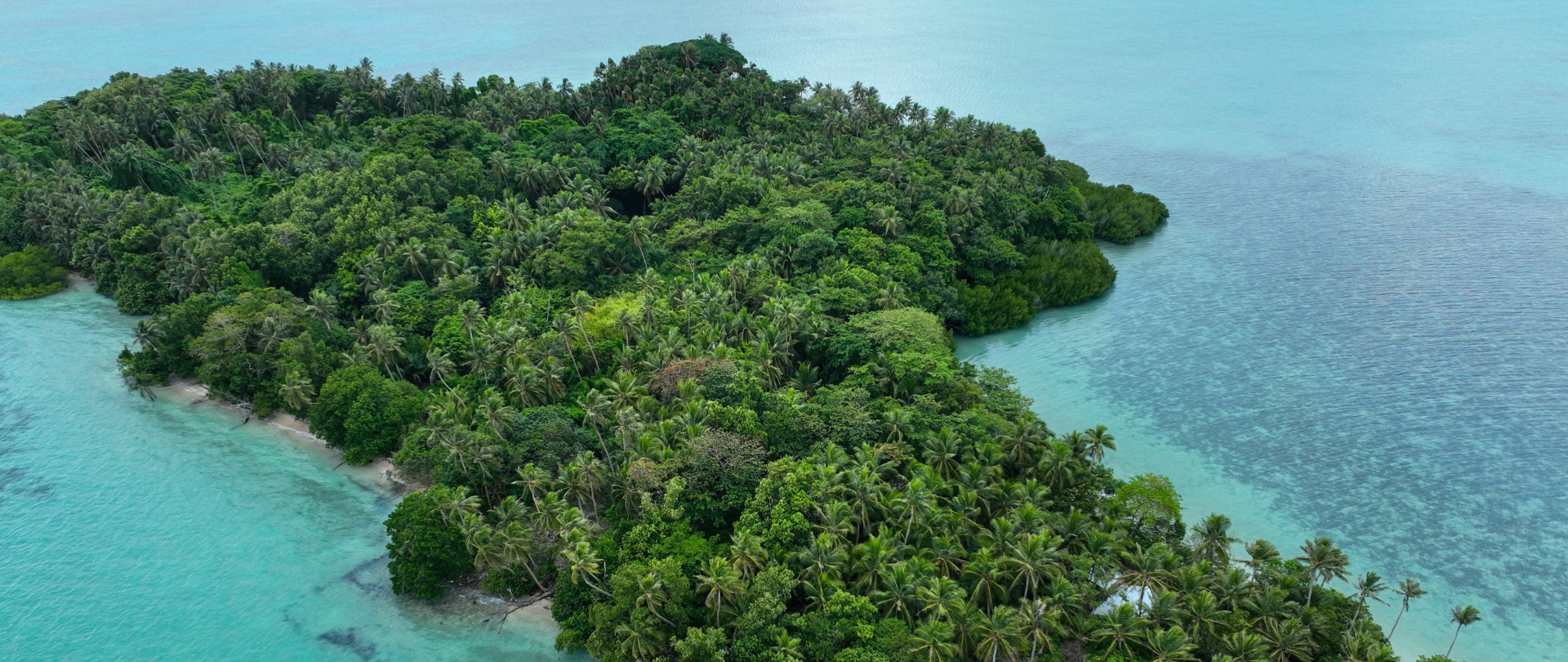
Ann Singeo, founder of our partner organization the Ebiil Society, shares her vision for a thriving Palau and a flourishing world of indigenous science!
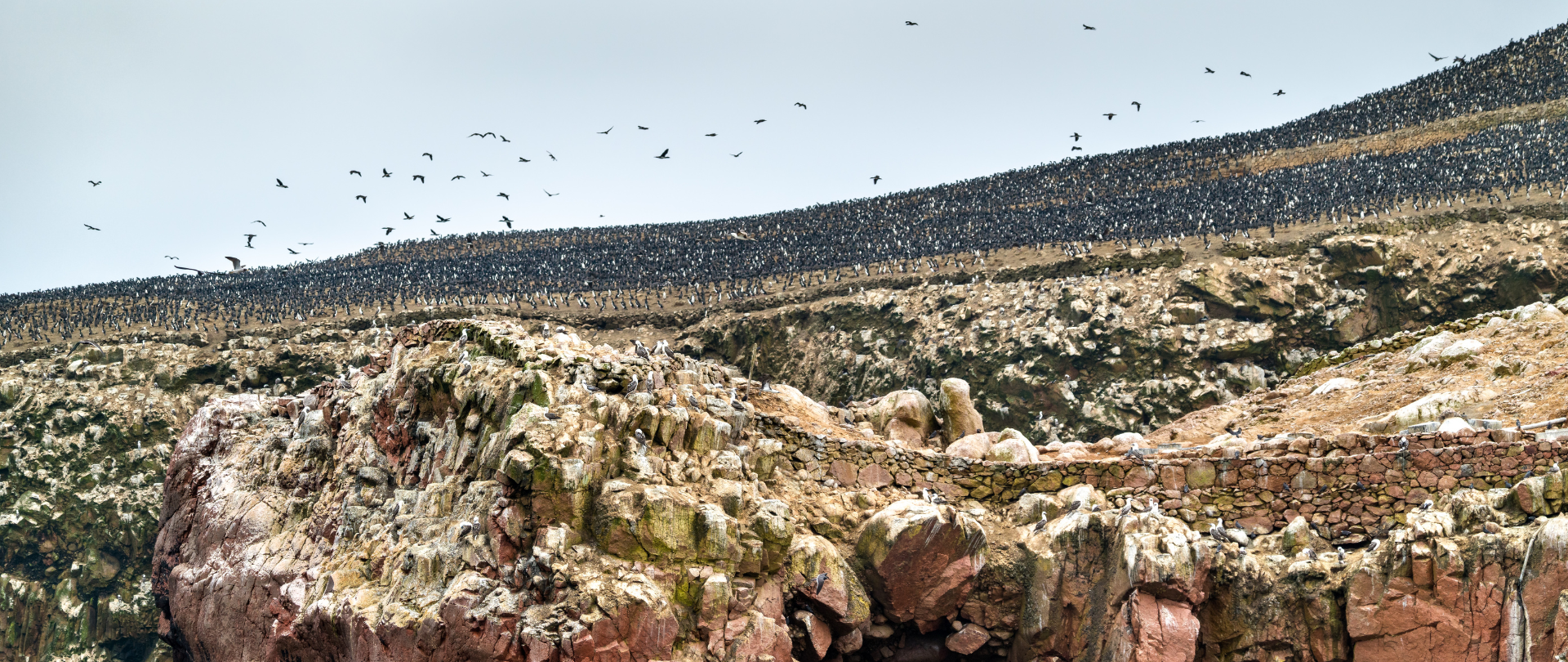
This historic agreement aims to protect the marine and coastal areas of the Southeast Pacific.
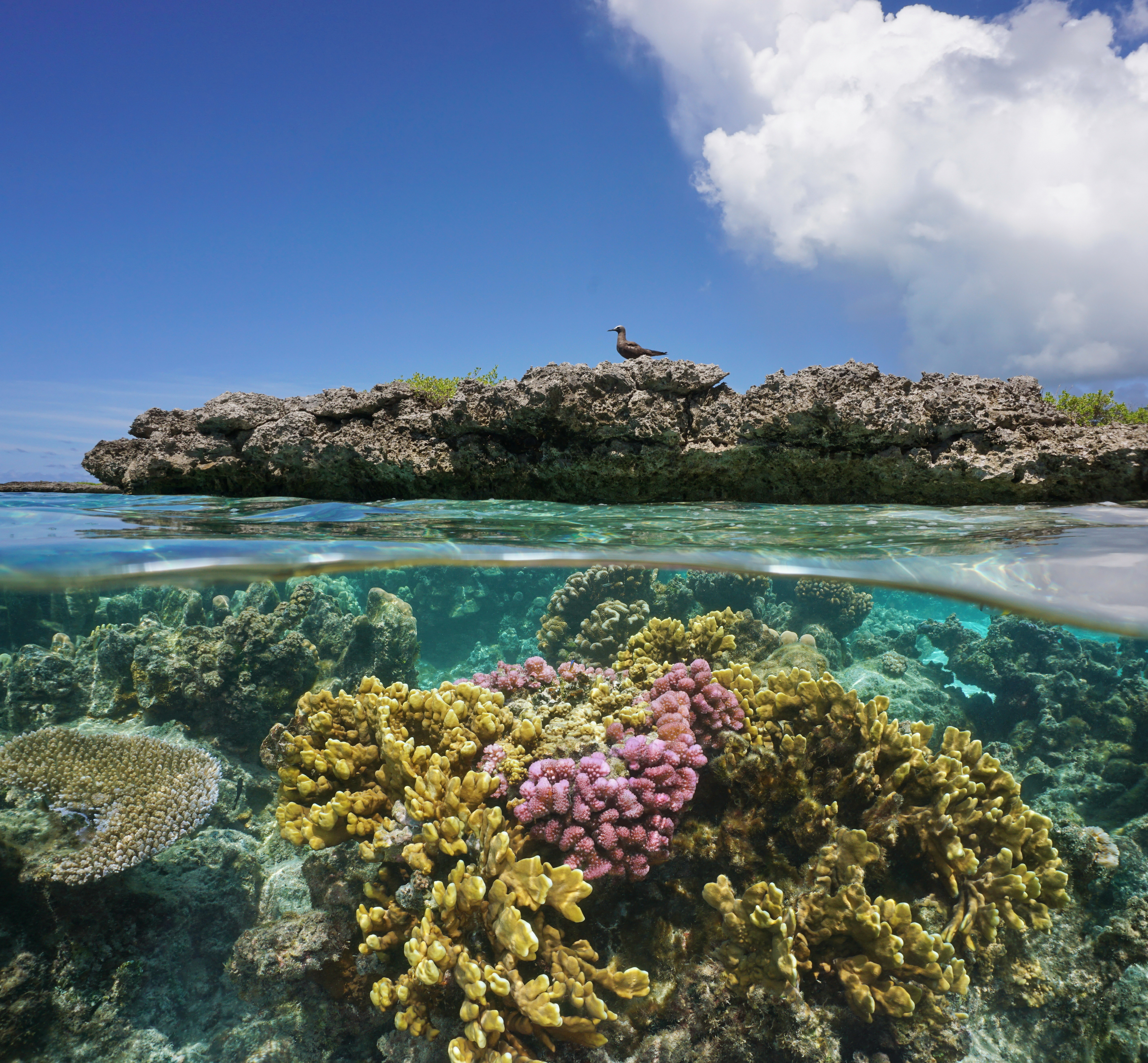
Our projects to restore key islets in Nukufetau Atoll forecast climate resilience and community benefits in Tuvalu!
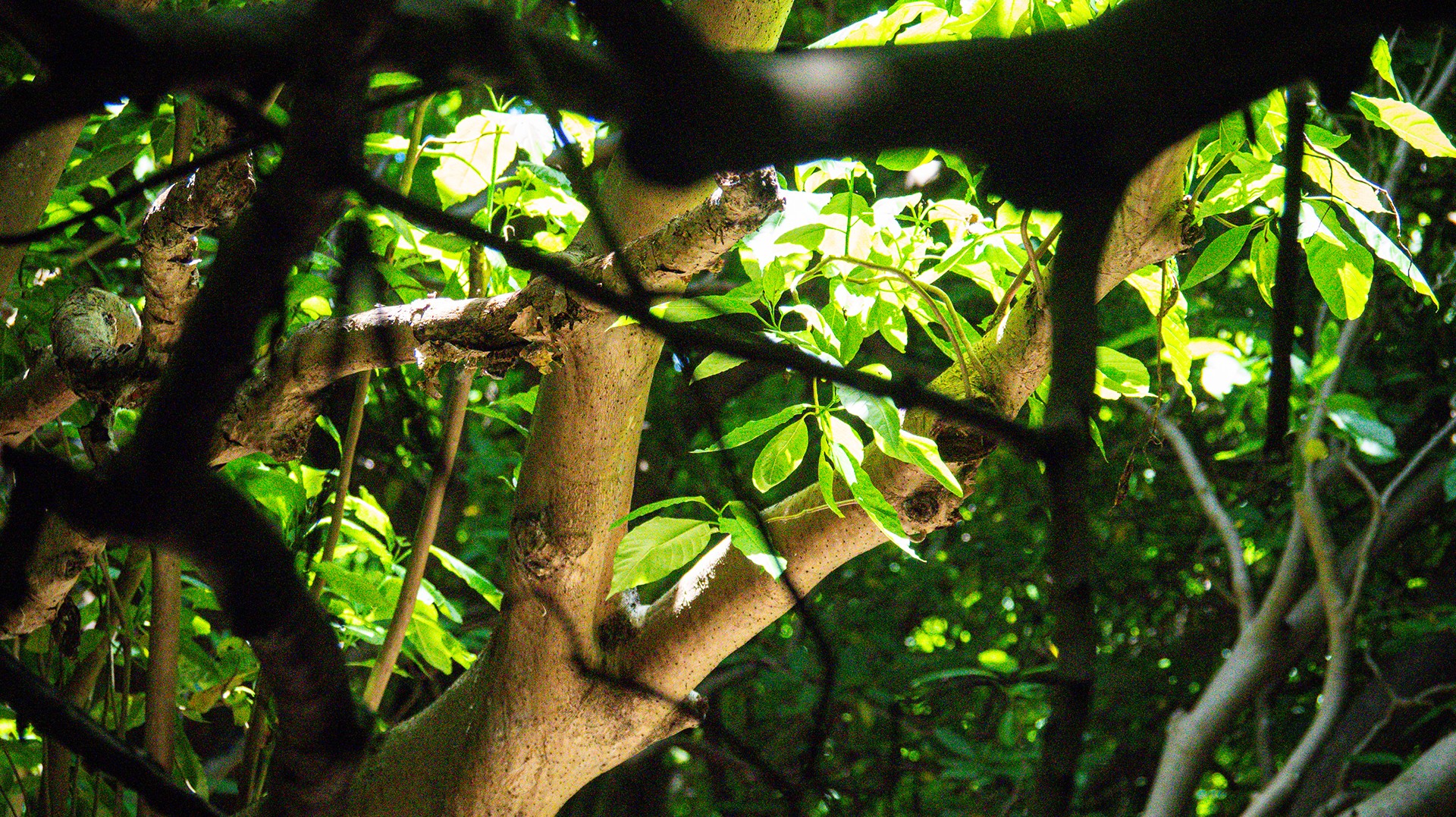
Island Conservation and partners have published a new paper quantifying ecosystem resilience on restored islands!
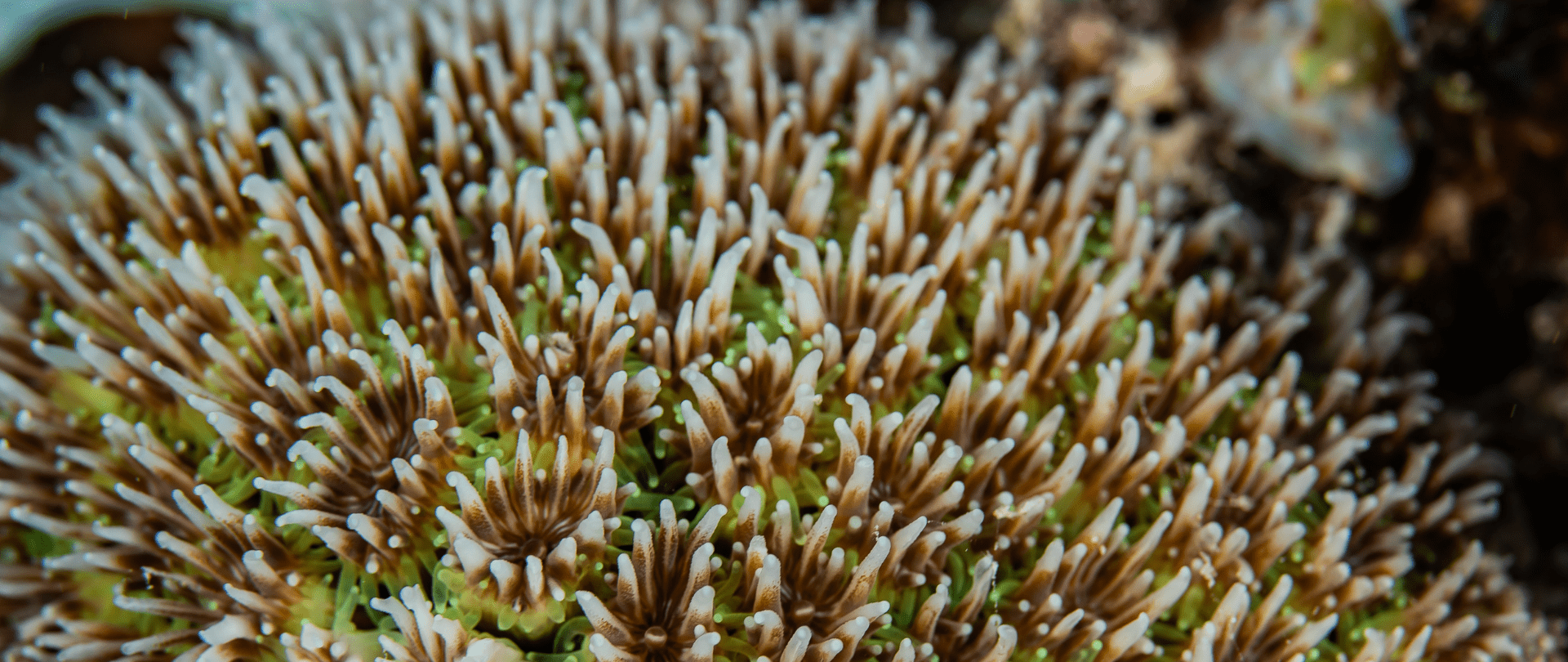
Climate Week NYC: what is it and why is it important? Read on to find out why Island Conservation is attending this amazing event!
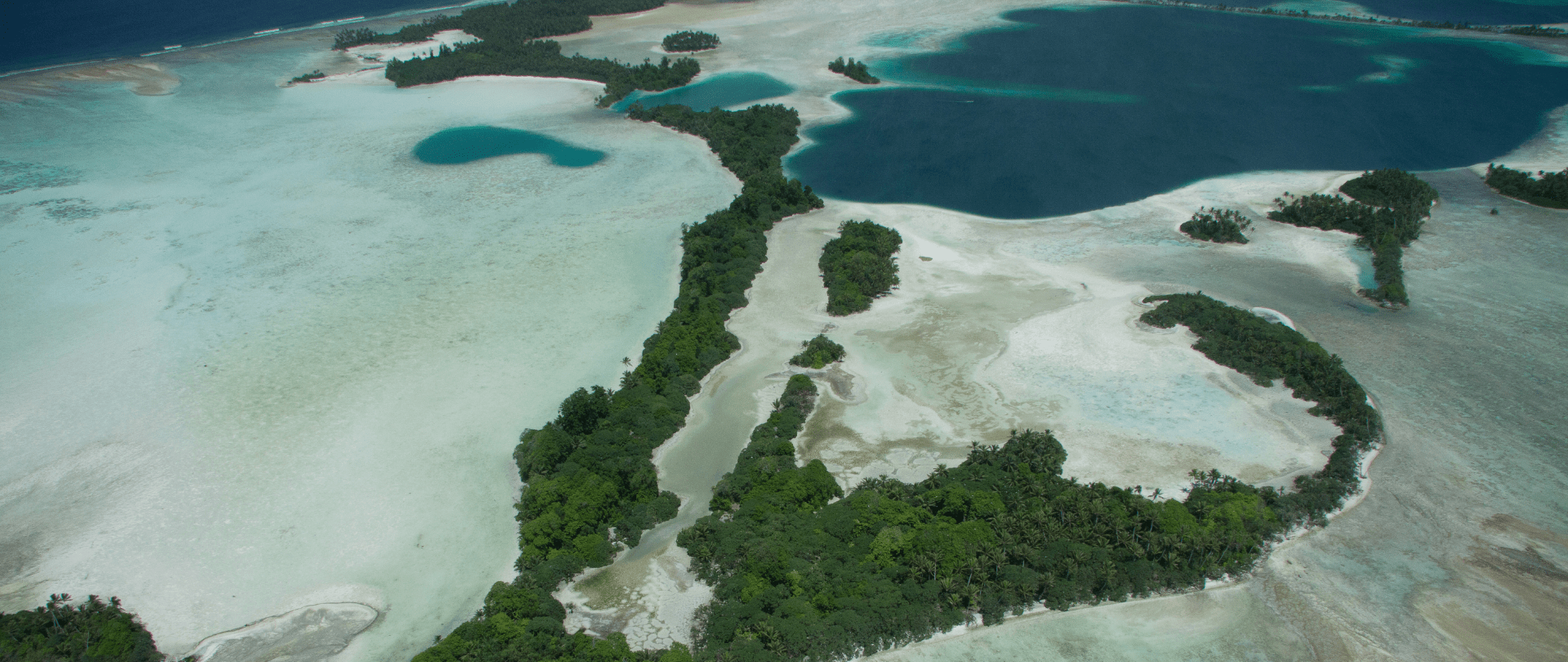
With sea levels on the rise, how are the coastlines of islands transforming? Read on to find out how dynamic islands really are!
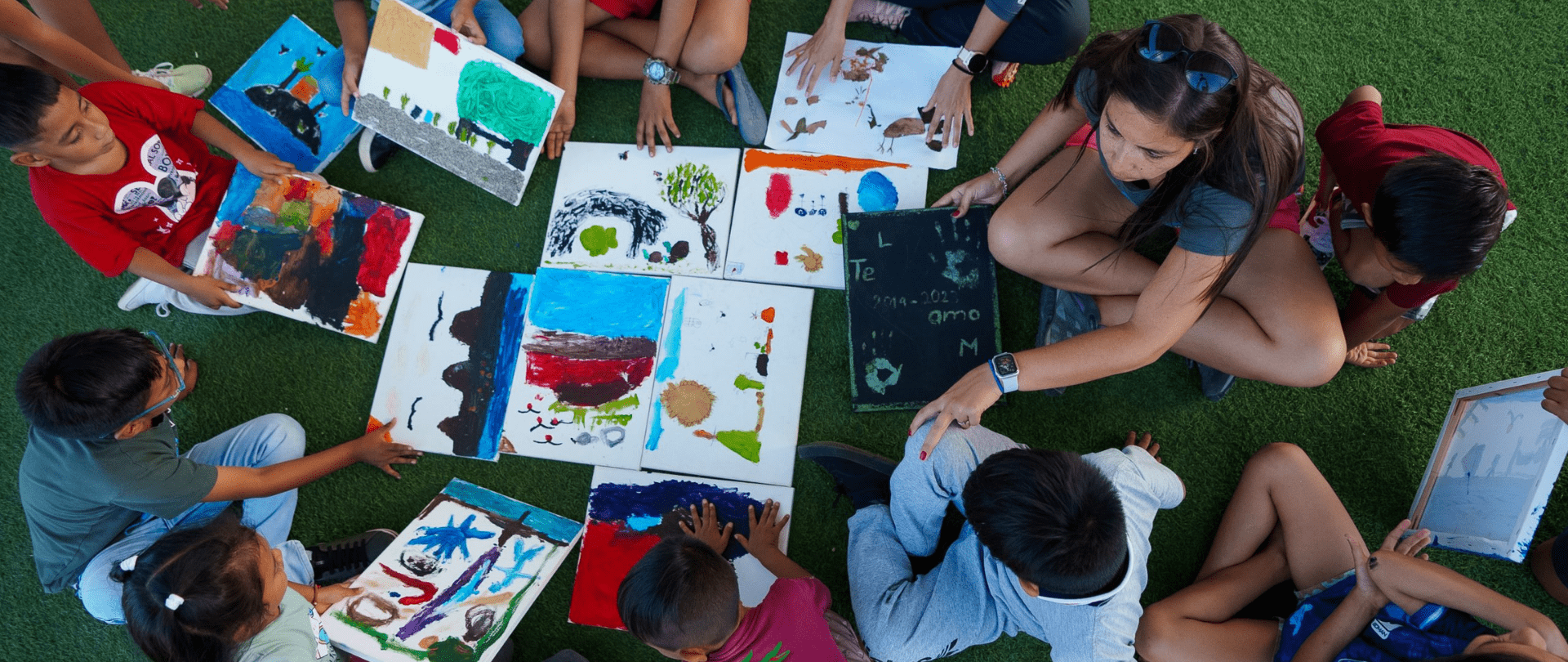
Join us in celebrating the most amazing sights from around the world by checking out these fantastic conservation photos!
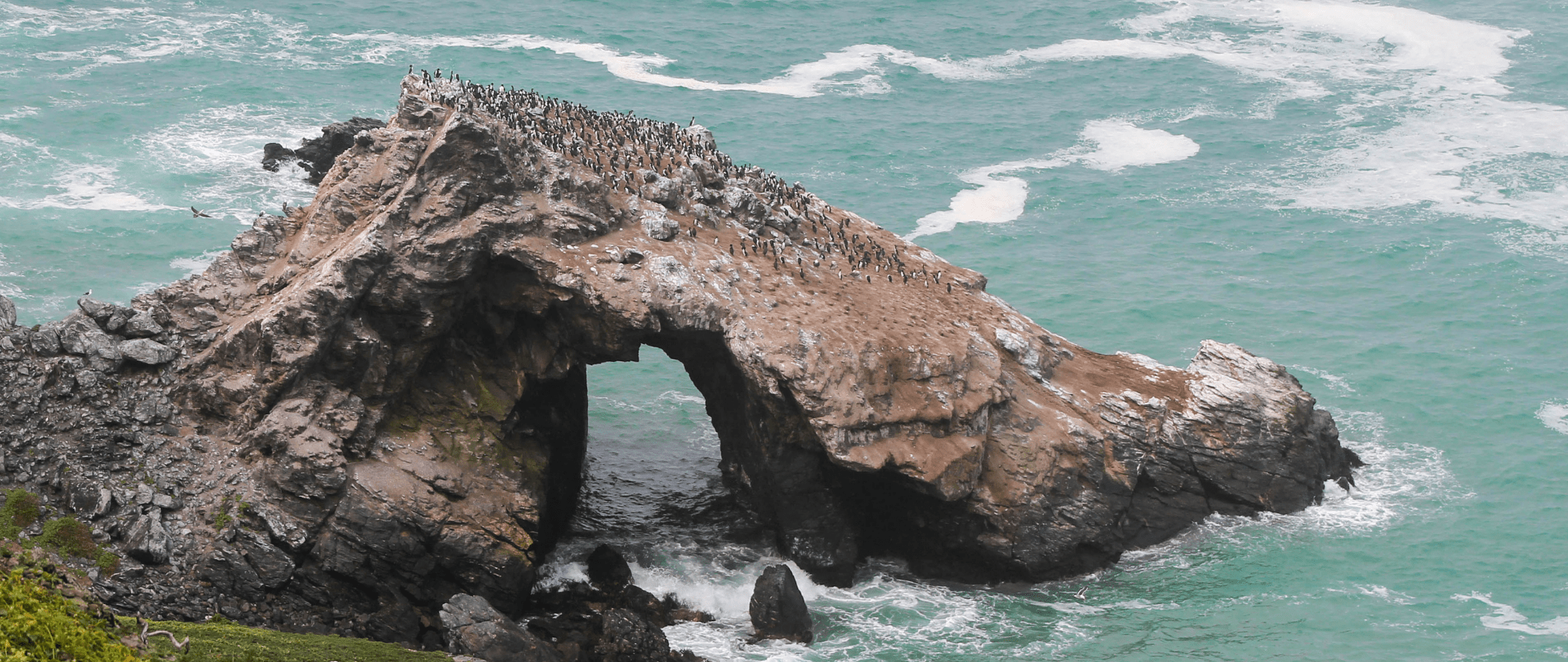
Rare will support the effort to restore island-ocean ecosystems by engaging the Coastal 500 network of local leaders in safeguarding biodiversity (Arlington, VA, USA) Today, international conservation organization Rare announced it has joined the Island-Ocean Connection Challenge (IOCC), a global effort to…
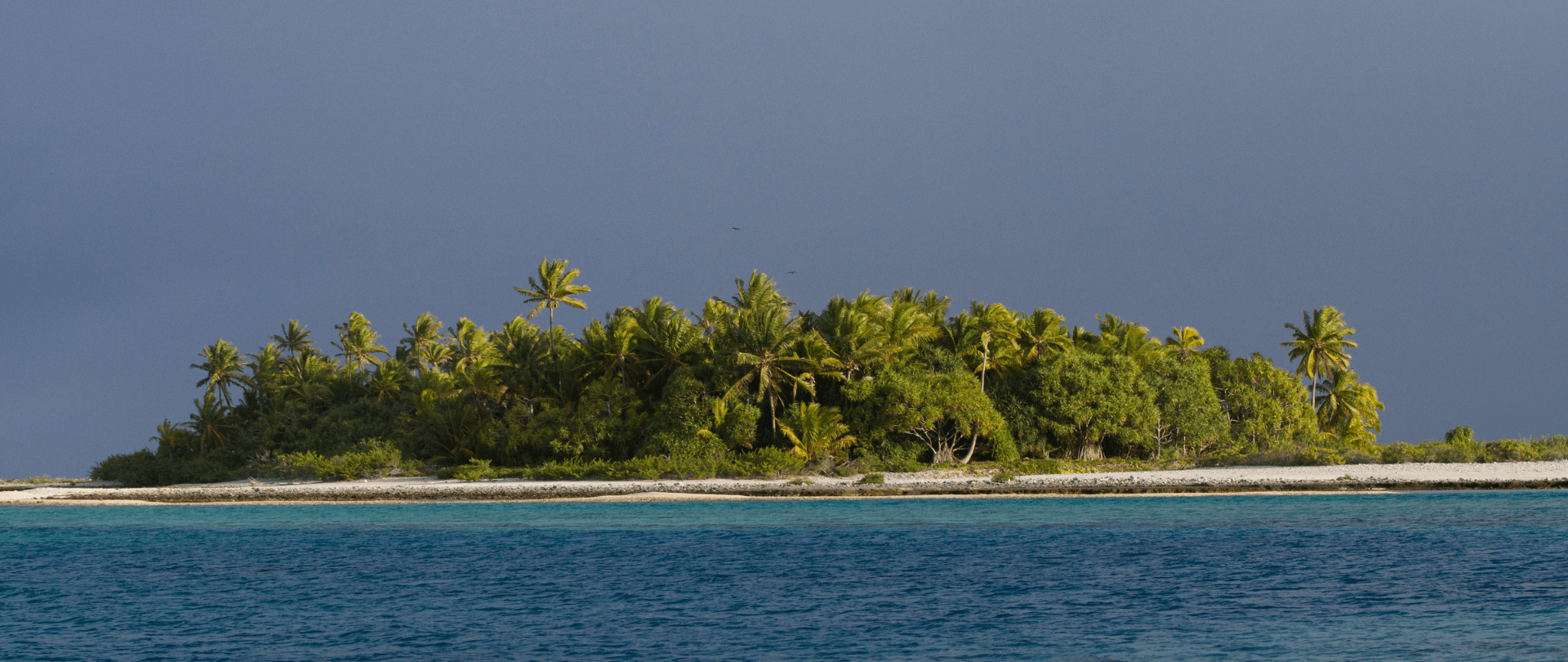
Island Conservation accepts cryptocurrency donations. Make an impact using your digital wallet today!
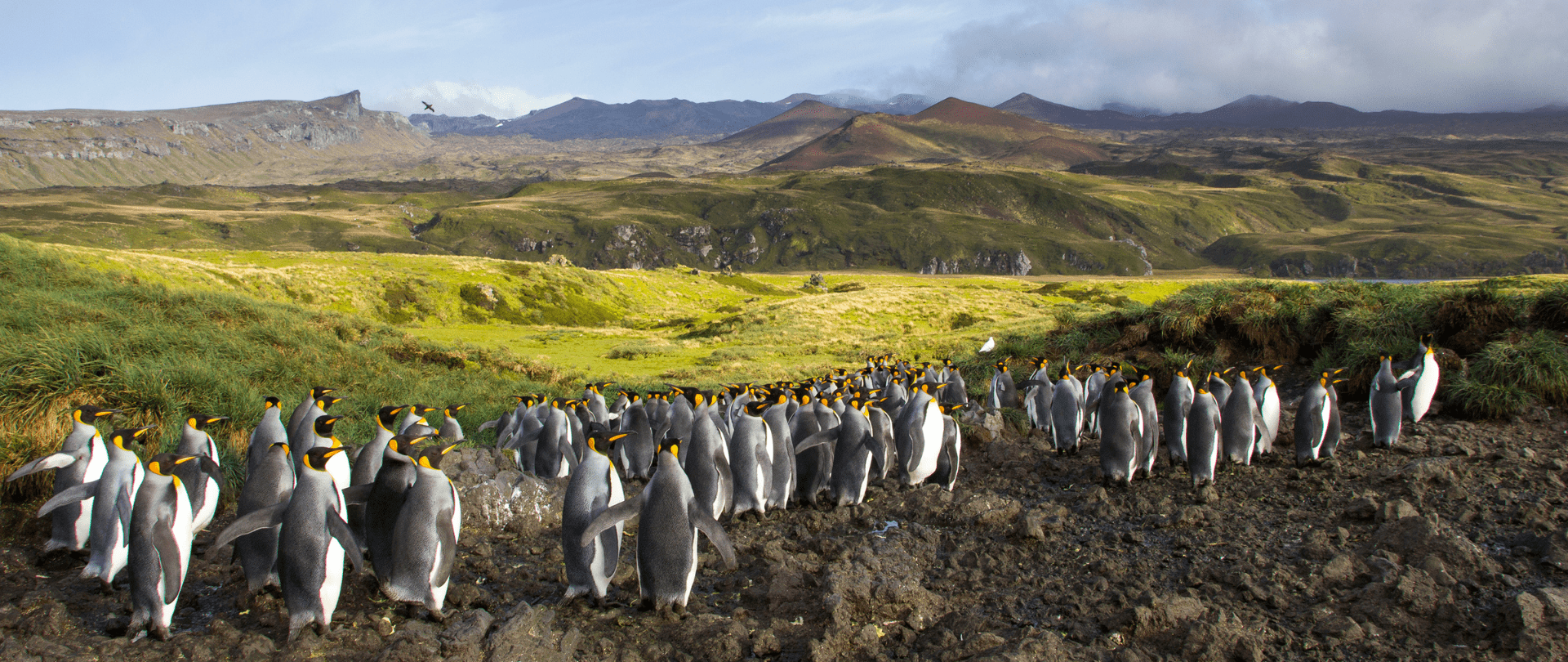
For Immediate Release Conservation powerhouse BirdLife South Africa has joined the Island-Ocean Connection Challenge (IOCC) – a global initiative aiming to restore, rewild and protect islands, oceans and communities – to support its work to save internationally significant albatross populations…